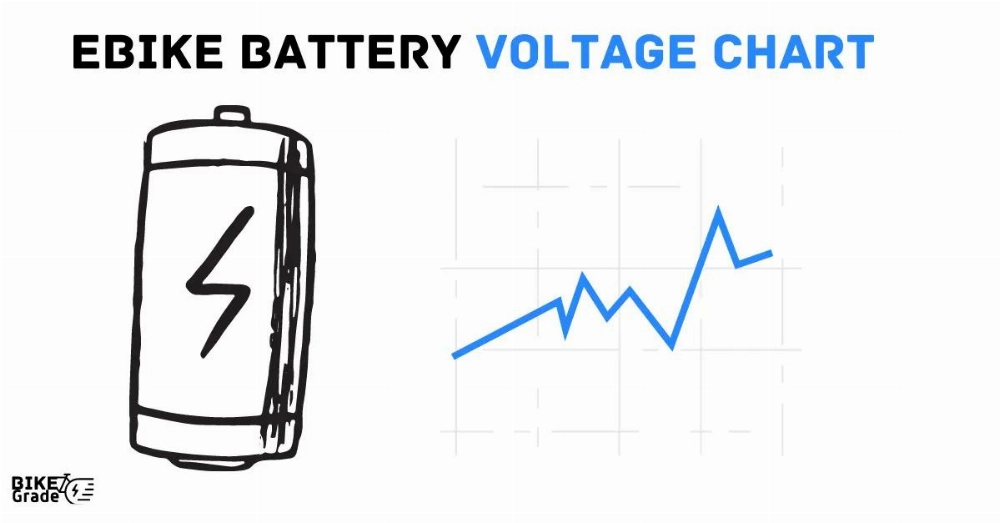Part 1: Types of 36V Batteries
When selecting a 36V battery, there are several options to consider, each with distinct characteristics, chemical properties, advantages, and disadvantages. Let’s explore the different types:
1. 36V Lithium-Ion (Li-ion) Batteries
Characteristics:
Lithium-ion batteries are known for their lightweight nature and high energy density, meaning they deliver significant power in a small, light package.
Chemistry:
These batteries use lithium salts dissolved in an organic solvent. Lithium ions move between the anode and cathode during charging and discharging, creating electricity.
Advantages:
- High Energy Density: Provides more power in a smaller, lighter package.
- Lightweight: Ideal for portable devices.
- Long Lifespan: Can last for several years with proper maintenance.
- Fast Charging: Minimizes downtime.
- Low Maintenance: No need for regular electrolyte refills.
Disadvantages:
- Higher Cost: Higher initial investment compared to other types.
- Sensitivity: Can be affected by extreme temperatures and overcharging.
2. 36V Nickel-Metal Hydride (NiMH) Batteries
Characteristics:
NiMH batteries offer moderate energy density and are somewhat heavier than lithium-ion batteries.
Chemistry:
NiMH batteries use nickel hydroxide and a hydrogen-absorbing alloy. Chemical reactions between these substances generate electricity.
Advantages:
- Environmentally Friendly: Less toxic than other battery types.
- Cost-Effective: Generally more affordable than lithium-ion batteries.
- Good Performance: Reliably meets moderate power demands.
Disadvantages:
- Shorter Lifespan: Not as durable as lithium-ion batteries.
- Slower Charging: Takes longer to recharge.
- Memory Effect: Can lose capacity if not fully discharged regularly.
3. 36V Sealed Lead-Acid (SLA) Batteries
Characteristics:
SLA batteries are heavier and bulkier than other types, with a lower energy density.
Chemistry:
SLA batteries use lead dioxide and sulfuric acid. Chemical reactions between these materials generate electrical energy.
Advantages:
- Low Cost: Very affordable compared to other battery types.
- Rugged and Durable: Well-suited for heavy-duty use.
- Reliable: Ideal for applications where weight is not a primary concern.
Disadvantages:
- Heavy: Not suitable for portable applications.
- Shorter Lifespan: Requires more frequent replacements.
- Maintenance Required: Needs regular electrolyte refills.
Part 2: 36V vs. Other Voltages
Given the availability of various battery voltages, such as 12V, 24V, and 48V, it’s important to understand why 36V batteries are often considered optimal for many applications.
1. Balance of Power and Weight
36V batteries offer an ideal balance of power and weight, providing sufficient power for most mid-range applications without becoming too heavy or bulky. This makes them an excellent choice for portable devices like e-bikes and scooters.
2. Versatility
36V batteries are versatile and suitable for a wide range of applications. Whether you’re powering tools, marine equipment, or other devices, their adaptability makes them a popular choice.
3. Efficiency
36V batteries provide efficient performance, delivering ample power for various applications without the complexity of higher voltage systems. This efficiency leads to improved performance and extended run times.
Comparison with Other Voltages
- 12V Batteries:
12V batteries are well-suited for smaller devices and low-power applications but may not provide enough capacity for more demanding tasks. - 24V Batteries:
24V batteries offer a middle ground but still lack the power of 36V batteries in many applications. - 48V Batteries:
48V batteries provide more power but come with increased weight and cost. They often offer excessive power for many applications and can increase system complexity.
At KHZH, we understand the diverse needs of our customers and offer 36V batteries suitable for various applications, ensuring exceptional reliability and longevity for your devices. For more information, visit our recommended solar battery pack page.
# Custom 36V Battery Solutions for Your Needs
KHZH specializes in providing customized battery solutions tailored to your projects. Whether you need a custom 36V battery or other lithium-ion battery solutions, we are committed to providing efficient, safe, and high-performance products.
If you need a reliable 36V battery solution, please contact KHZH, we’re ready to help you find the perfect battery solution!
36V Lithium-Ion Deep Cycle Battery vs. Traditional Lead-Acid Batteries
1. Lifespan
Unlike traditional 36V lead-acid batteries, which typically last 500 to 1000 cycles, 36V lithium-ion batteries can typically last 2000 cycles or more.

### Part 5: Battery Size and Weight Considerations
When selecting a 36V battery, understanding its size and weight is crucial, especially for applications where portability is a requirement. Here’s a comparison of different battery types:
1. Lithium-Ion Batteries
Lithium-ion batteries are the lightest and most compact of the three, making them ideal when weight and space are key considerations.
Size Example: A typical 36V lithium-ion battery with a capacity of 10Ah might weigh around 10-15 pounds and can easily fit into relatively small compartments.
2. Nickel-Metal Hydride (NiMH) Batteries
NiMH batteries tend to be bulkier and heavier than lithium-ion batteries. While they can still be used for portable applications, they will contribute to increased weight.
3. Sealed Lead Acid (SLA) Batteries
SLA batteries are the heaviest and largest of the three. They are generally not used for portable devices but are well-suited for stationary applications where size and weight are not major concerns.
Size Example: A 36V SLA battery might weigh around 25-30 pounds or more, making them cumbersome to transport.
Size and Weight Considerations
When choosing a battery, consider the physical limitations of the device you are powering. Lithium-ion batteries are often preferred for portable devices due to their light weight and compact size. However, for stationary use, SLA batteries offer a more economical solution when weight is less of a concern.
When considering energy storage solutions, the LiFePO4 battery temperature range is a critical factor in ensuring optimal performance and longevity. Understanding the temperature range for efficient operation helps maximize battery life and enhance energy storage capabilities, especially in diverse environments.







